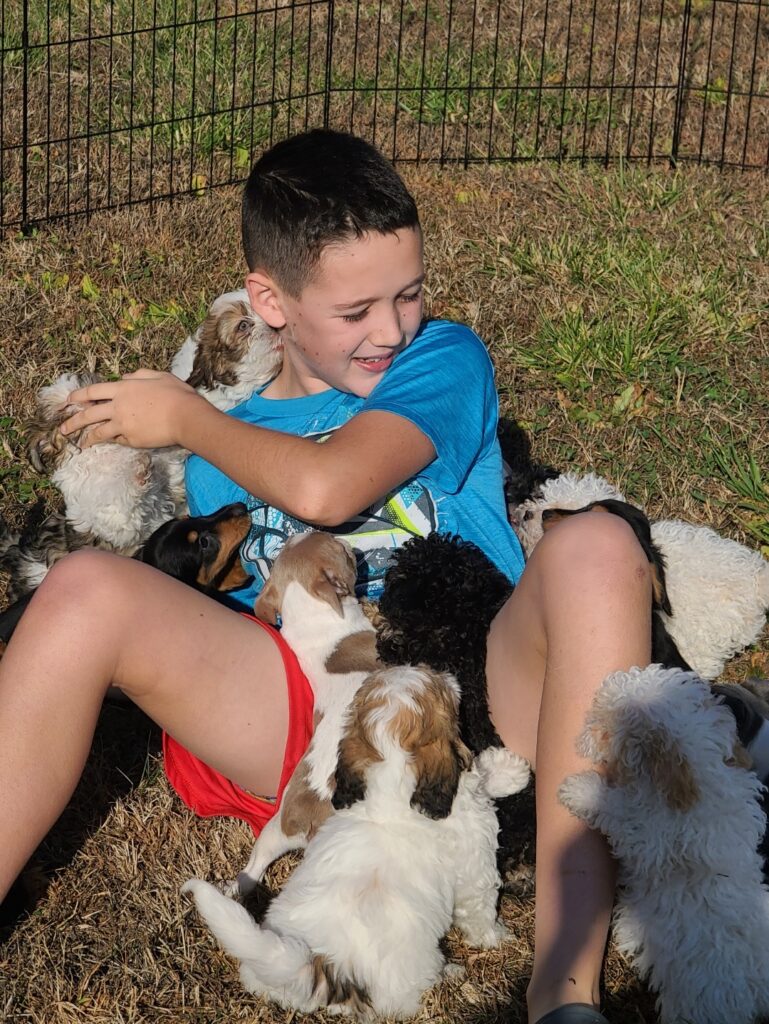Introduction:
Dogs are truly remarkable creatures and have the incredible ability to communicate their emotions to their human companions. By learning to read your dog’s body language, facial expressions, and vocalizations, you’ll not only deepen your bond but also address their needs more effectively. In this article, we’ll provide you with practical tips on how to interpret your dog’s emotions, helping you understand and respond appropriately to their needs.
Body Language:
Dogs primarily communicate through body language. Paying close attention to their posture, tail position, ear position, and overall body position will give you valuable insights into your dog’s emotional state.
1. Some key body language cues include:
a. Tail wagging: A wagging tail can indicate excitement and happiness. However, the position and speed of the wag can convey different emotions such as fear or aggression.
b. Ears: Erect ears suggest alertness, while flattened ears might indicate fear or submission.
c. Eye contact: Direct eye contact can be seen as challenging, while averted eyes might indicate fear or submission.
d. Posture: A relaxed and loose body posture generally indicates a calm and content dog. On the other hand, a stiff and tense body posture might suggest anxiety or fear.
2. Facial Expressions:
Dogs have expressive faces that reveal their emotions. Their eyes, mouth, and overall facial muscles can give you valuable information about their emotional state. Here are a few cues to look out for:
a. Eyes: Dilated pupils might indicate fear or arousal, whereas squinting eyes can suggest discomfort.
b. Mouth: Relaxed lips and a slightly open mouth generally suggest a calm state. Conversely, a closed mouth or bared teeth may symbolize fear or aggression.
c. Yawning or licking lips: These behaviours can indicate stress or anxiety.
3. Vocalizations:
While dogs primarily communicate non-verbally, vocalizations also play a role in conveying emotions. Here are some common vocalizations and their possible meanings:
a. Barking: Barking can vary in tone and intensity, depending on their emotional state. A high-pitched, rapid bark may indicate excitement, while a low growl may signal fear, aggression, or
discomfort.
b. Whining or whimpering: These sounds often denote distress or a need for attention.
c. Howling: Dogs’ howling can convey loneliness, separation anxiety, or even a response to certain sounds.
4. Environmental Awareness:
Understanding your dog’s emotions involves recognizing how they react to different situations and environments. Pay attention to their behavioural changes when encountering new people, other animals, or unfamiliar locations. By observing their reactions, you can help them feel comfortable and secure.
5. Consistent and Positive Reinforcement:
Positive reinforcement is essential in helping your dog associate certain emotions with specific actions or behaviours. Rewarding them with treats, praises, or play when they display desirable behaviours can encourage positive emotional responses.
Conclusion:
Reading your dog’s emotions strengthens the bond between you and your furry friend. By observing their body language, facial expressions, vocalizations, and environmental responses, you can develop a deeper understanding of their emotional well-being. Remember, each dog is unique, so take the time to learn and adapt to their individual cues. This knowledge will lead to a happier and healthier relationship, fostering trust and providing your dog with the emotional support they need.










